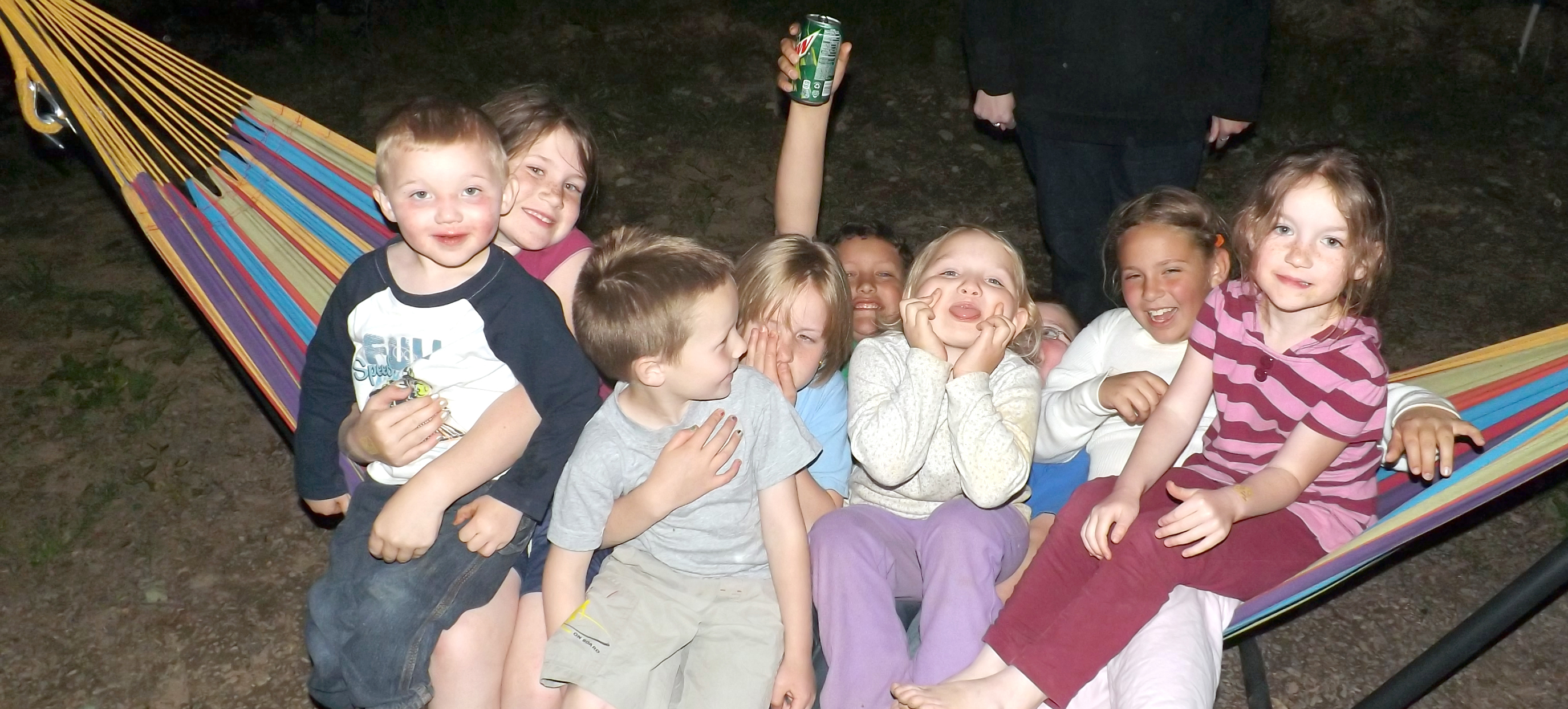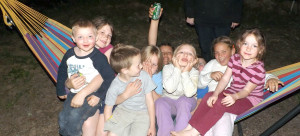12 hacks to make camping more comfortable
The Diamond strike-anywhere match was inches from hitting the gritty striker pad when someone in the crowd announced the birthday party campfire was about to be lit by an official Eagle Scout.
The pressure was on, and it didn’t seem fair. Why is it that Boy Scouts are automatically assumed as camping wizards? Yes, we spend hundreds of hours in tents, cabins and lean-tos. We cook countless meals over campfires and cook stoves. We tie things up in taut lines and timber hitches.However, things change when you get older — when you take your own family on camping trips. As your body ages, creatively infusing the outing with some comfort items is the difference between a successful campout and a trip to the chiropractor.
So, merging some lessons learned from more than a decade in Scouting with tricks learned since then, here are a few suggestions to make your next family camping excursion a little more enjoyable:
1. Tarps are your friend. Every camper should have a tarp or two along for a variety of reasons … to cover firewood when an unexpected rainstorm blows in, to create a makeshift roof (dining fly) for over your campsite eating area, to throw over your tent in case it springs a leak, etc.
2. Tarps, however, are not great under tents. This was all the rage during Scout trips … to spread a tarp out under a tent to add an extra layer of protection between the tent floor and the dirt below. However, from personal experience, that tarp also can be a conduit for rainwater to pool up under your tent and holds the moisture in. All tents made nowadays have floors that are water resistant enough that they’ll work fine alone — unless you set up the tent in an active streambed just before a heavy rain.
3. Have a box fan laying around? Take it camping (if you have a site with electric) and mount it horizontally under your dining fly above your picnic table. Your box fan becomes a ceiling fan that creates a nice breeze on hot, humid days and keeps pesky bugs far away.
4. Plan ahead with homemade fire starters. Take an empty egg carton, place dryer lint in each of the open egg holders and cover it all with melted candle wax. Then, the next time you need to start a fire — even if the wood is damp — you have an easy-lighting catalyst.
5. Patience is the best ingredient for campfire cooking. Too often, people try to cook a campfire meal (anything more than a s’more or hot dog) over a fire that hasn’t properly burned down. Flames are nice, but the best heating/cooking surface are hot coals.
6. Aluminum foil is a campfire chef’s best friend. You can seal countless meal options in an air-tight foil pack for no-mess, open-fire cooking with great end results — from marinating meats while you cook them to making the most tender of vegetable options.
7. Need a less smoky, cleaner alternative to the campfire for a meal on a busy day outdoors? Take your crockpot camping (again, if you camp where electricity is available). Add your ingredients and allow your meal to slow cook while you’re out paddling the kayak or lounging at the campground pool. When you get back and are starving for a meal, it will be waiting for you.
8. A shoe organizer, complete with numerous plastic pouches, can make a great tool to keep kitchen/cooking appliances in order and ready for use.
9. Empty Tic Tac boxes make convenient camping spice organizers
10. An aluminum lasagna pan filled with charcoal and a wire rack can be a makeshift grill when a campfire isn’t feasible.
11. A typical 16-ounce bottle can hold up to nine large eggs. Why mess with the eggshells while camping?
12. No camping trip is complete without at least one nap in a hammock. From stand hammocks to cheaper models you simply string between two trees, hammocks are a necessary camping aid. If you can’t get one, you can creatively use a heavy-duty bed sheet and some rope. This is where those Scouting knots come in handy.


